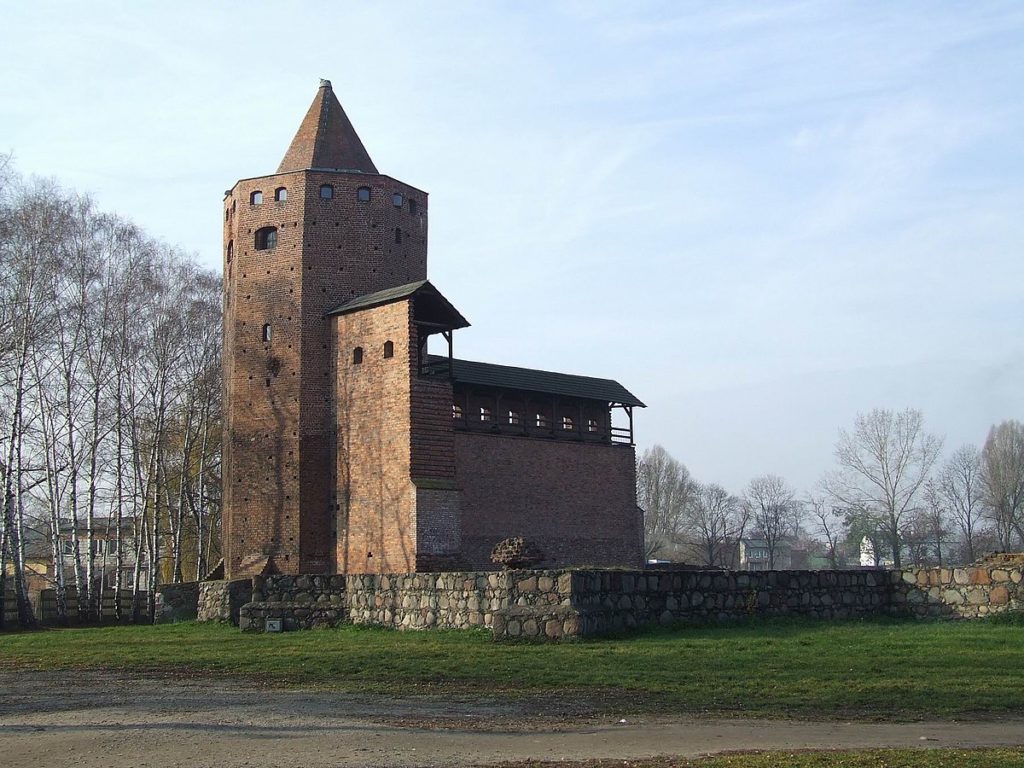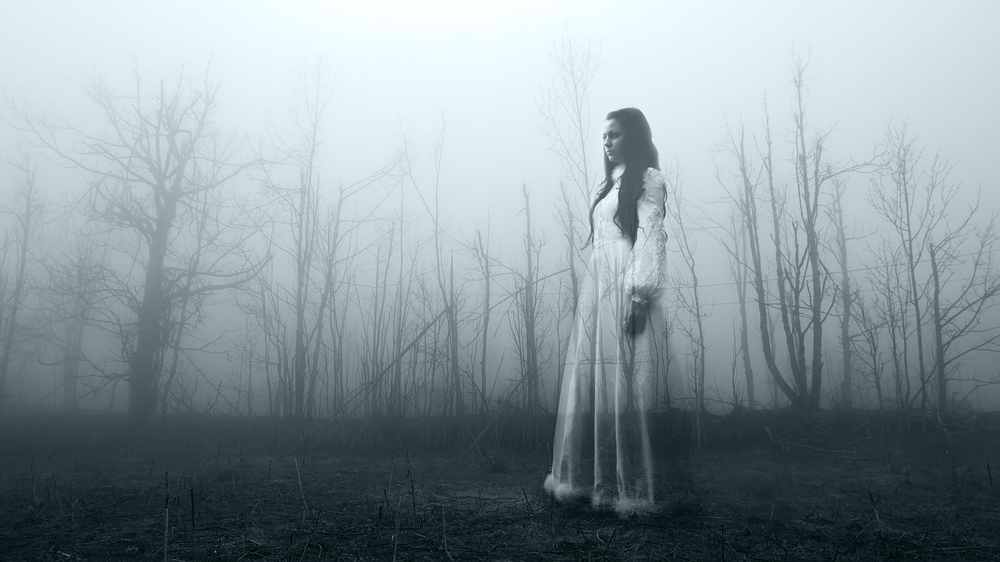
Among many Polish legends, he is the one least known by Poles, but the most famous among Europeans. This story took place at the Castle of the Dukes of Mazovia in Rawa Mazowiecka.
The event is said to have shocked the ruling families of Europe at the time, and Shakespeare himself was inspired by legend when writing “Winter’s Tale”.
How much truth is in the story about the use of the legend by the English writer, Shakespeare himself knows. It remains for us to believe. This story begins in 1356 when Eufemia died, princess of Opava and beloved wife of Siemowit III, who ruled the castle in Rawa. The death of her beloved had a huge impact on the then young prince. The prince has abandoned his duties towards Casimir the Great, and he looks for joy in drinks and hunting. Time passed, but he did not heal the prince’s wounds after losing the wife he loved so much. By a twist of fate, Siemowit III was a guest at the Duke of Ziębice, Mikołaj Mały, where he met and fell in love with his daughter Ludmila. A great future lay ahead of the princes. Siemowit regained his enthusiasm for action, turning his principalities into a land of prosperity. To this day, he is considered one of the most outstanding rulers of Mazovia. Ludmiła gave birth to two sons to Siemowit, unfortunately both of them died in childhood.
God gave Siemowit another descendant, when Ludmiła was expecting his son Siemowit to be born, the sister of prince Eufemia came to the castle in Rawa, along with her son Przemysław. At first, the woman feigned a great friendship with her sister-in-law. However, hoping for the throne to be taken over by Przemysl, she plotted a vile and despicable betrayal. Slowly but surely, she planted various pieces of evidence to accuse Ludmila of treason against her husband. An uncertainty crept into Siemowit’s heart, which was supposed to push him into banishing his wife. Siemowit, either out of precaution or for the safety of his wife, ordered her to be locked in the tower – which still stands today. – During this time, he himself conducted an investigation to confirm the accusations of his sister against Lyudmila. But no one said a bad word about their Lady. Even the court princess, who was tortured under torture, did not lie to Lyudmila.
Despite the obvious evidence, it is in favor of the princess. Siemowit III, whose jealousy for his wife was blinded by common sense, at the urging of his sister ordered her to be killed and the newborn child handed over to a peasant woman. Henryk – that was the name of Siemowit’s son – had a permanent guard, sent by Małgorzata, Siemowit’s daughter from his first marriage. The guards were to track where the child was and kidnap him at the most convenient moment, and then bring to the court of Małgorzata’s husband, Kaźek, the prince of Słupsk. Henry grew up in health and, as befits a prince, received the necessary education. When the prince grew up, Margaret decided to introduce him to their father.
When the meeting took place, Siemowit realized his unforgivable mistake, for Henryk was strikingly similar to him. Siemowit tried to redeem his sins by transferring his son to the clergy. However, he could not find forgiveness in the eyes of his murdered wife. For Ludmilla, from the day of her death until today. Every year, on the day of the birth of her son, she appears in the tower in Rawa, flooded with tears, looking for her little son and her beloved husband, who did not believe in her innocence.




Very nice